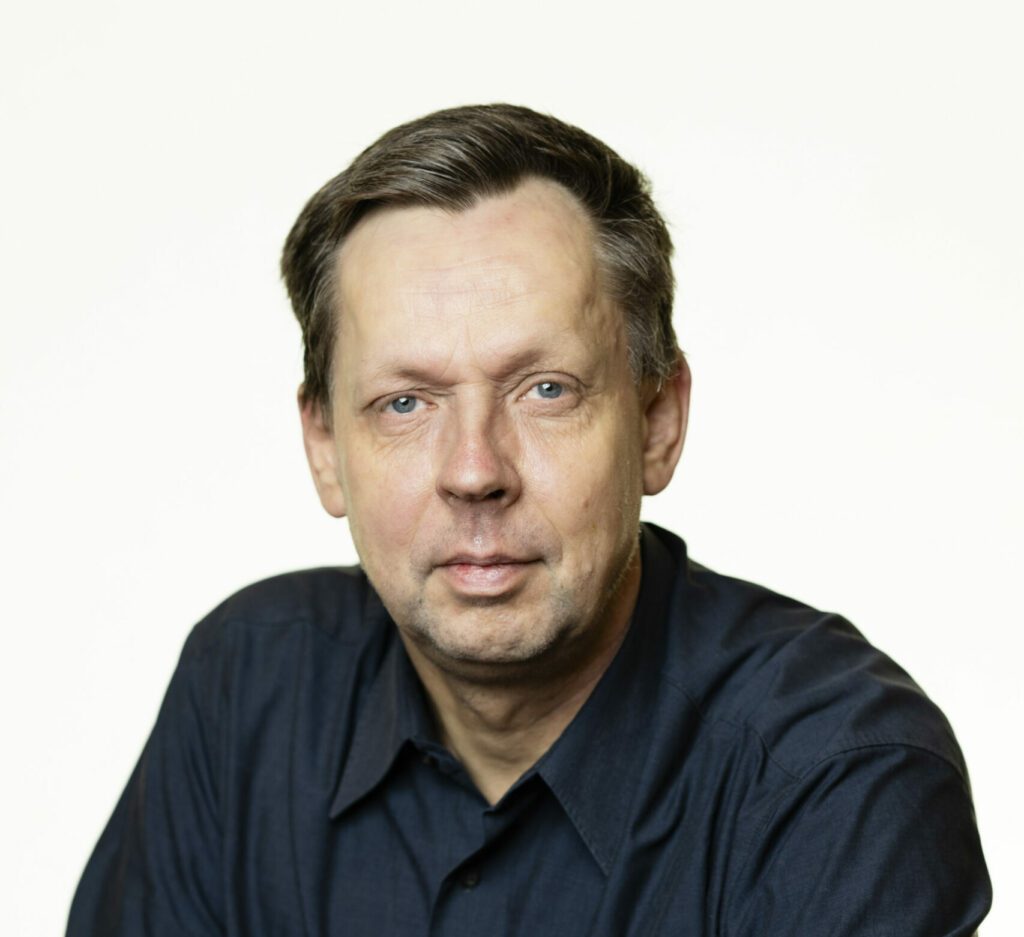Heikki Lehtonen: “The green transition in agriculture should bring about business opportunities”
Research Professor Heikki Lehtonen is interested in ways of getting agriculture and landowners involved in climate actions. He believes that the green transition will gain significant momentum if it is also seen to offer economic opportunities.
Heikki Lehtonen, research professor at Natural Resources Institute Finland (Luke), grew up on a farm in Central Finland. Later, during the recession of the 1990s, when he was deciding on his master’s thesis topic in Otaniemi, he became interested in future modelling in agriculture. The topic proved its worth not least when Finland, as a new EU member state, started to adopt agricultural practices from other parts of Europe.
Lehtonen, thanks to his background in agricultural economics, brings to the Finnish Climate Change Panel a comprehensive understanding of agriculture and the food economy in particular. He is interested in ways of getting the agricultural sector to actively contribute to climate action.
“The green transition will not happen unless it is seen to offer economic opportunities. People cannot be ordered and pushed in a direction that is guaranteed to make them worse off. For this reason it is pivotal that the actions are considered acceptable by those who will be involved.”
Peat fields responsible for half of agricultural emissions
According to Lehtonen, greenhouse gas emissions from agriculture could be cut primarily through measures related to peat fields and livestock production.
Although peat fields cover only approximately 11% of Finland’s arable land, they account for more than 50% of greenhouse gas emissions from agriculture.
The emissions occur when wet peatland is drained, leading to carbon dioxide starting to evaporate from the soil. Emissions can be reduced by raising the water level in the field to facilitate conventional farming or paludiculture (agriculture on wet peatlands).
Lehtonen is keen to highlight the benefits of peat fields:
“On some farms in Finland, production would cease immediately without peatland, which also serves as water-buffering farmland during dry years.”
Cow numbers have decreased
Methane produced by cattle is responsible for around one eighth of agricultural emissions and 4% of Finland’s greenhouse gas emissions.
Methane emissions can be reduced by including an additive in animal feed, which cuts emissions by up to a third.
“Studies on the additive have so far shown there to be no adverse effects on the animals. However, the milk and meat from cows that have consumed the additive are not approved as organic products and the additive is not yet used in Finland,” says Lehtonen.
The number of cattle in Finland has been declining for a long time. One factor is that fewer cows are now needed to produce the same amount of milk. As a result, fewer calves are born and ultimately less meat is produced.
“This gain in efficiency does not negate the need to reduce beef consumption. One fifth of the beef consumed in Finland is imported. If this proportion were to be reduced, it would not even have an impact on domestic production.”
The future is unclear when it comes to food production models
Lehtonen is interested in the social governance of agriculture and food production and what will happen to Finnish food production in the future.
“The future is unclear when it comes to production models. The younger generation is not keen on large-scale agriculture that sources energy from fossil fuels.”
According to Lehtonen, while the current food system produces food cheaply, it is not sustainable for the environment or for farmers.
In the near future, decision-makers will have to answer big questions such as what the competitive advantages of agriculture and food be in the future will be, what kind of production is considered acceptable and how self-sufficient and market-oriented we want to be.
Lehtonen considers the fact that not all changes require policy guidance as a positive factor.
“For example, Finland has a good carbon farming community, and food companies have their own sustainability and climate programmes.”
Another positive factor is that farmers and landowners may benefit from alternative livelihood opportunities, for example as producers of solar and wind power and biogas.
In his free time, Lehtonen enjoys nature. He used to jog, but has had to cut back, replacing jogging with walking instead.
“I like to walk and look at the clouds and treetops – sometimes even during the working day. It’s something I would recommend to others!”




